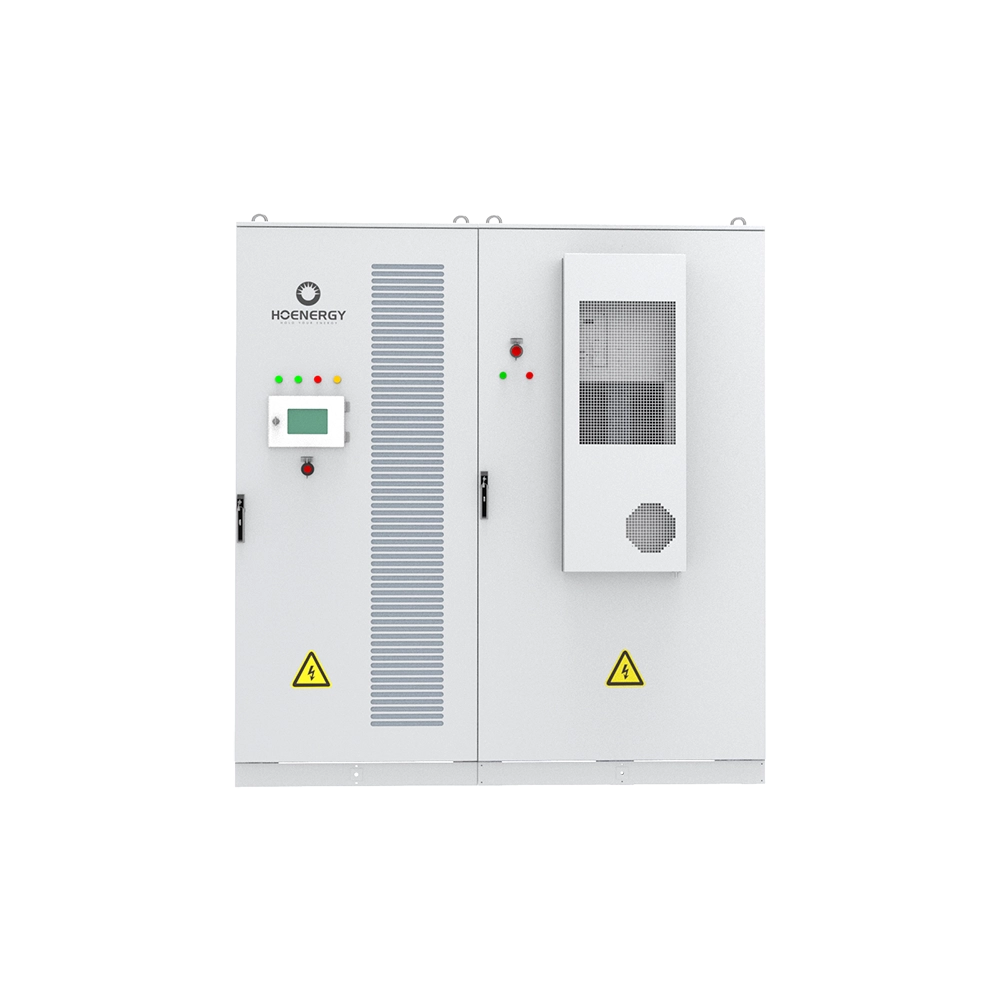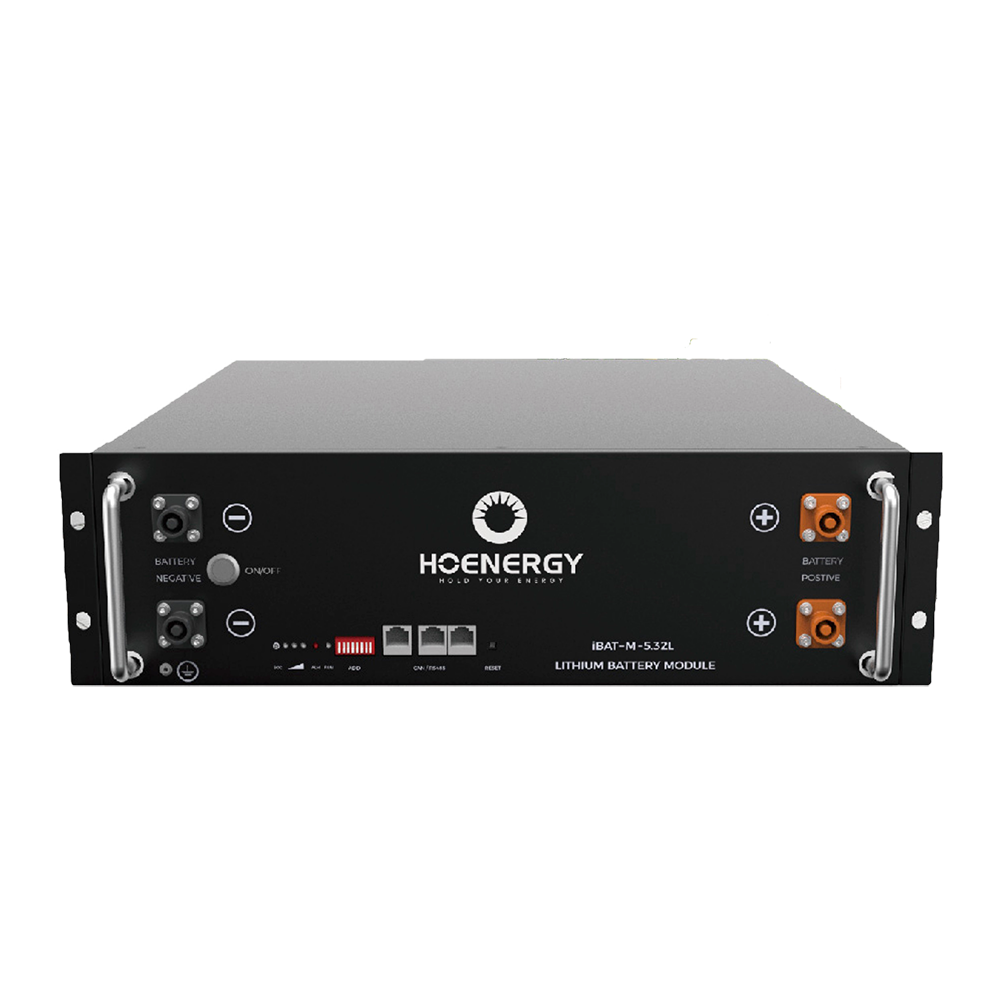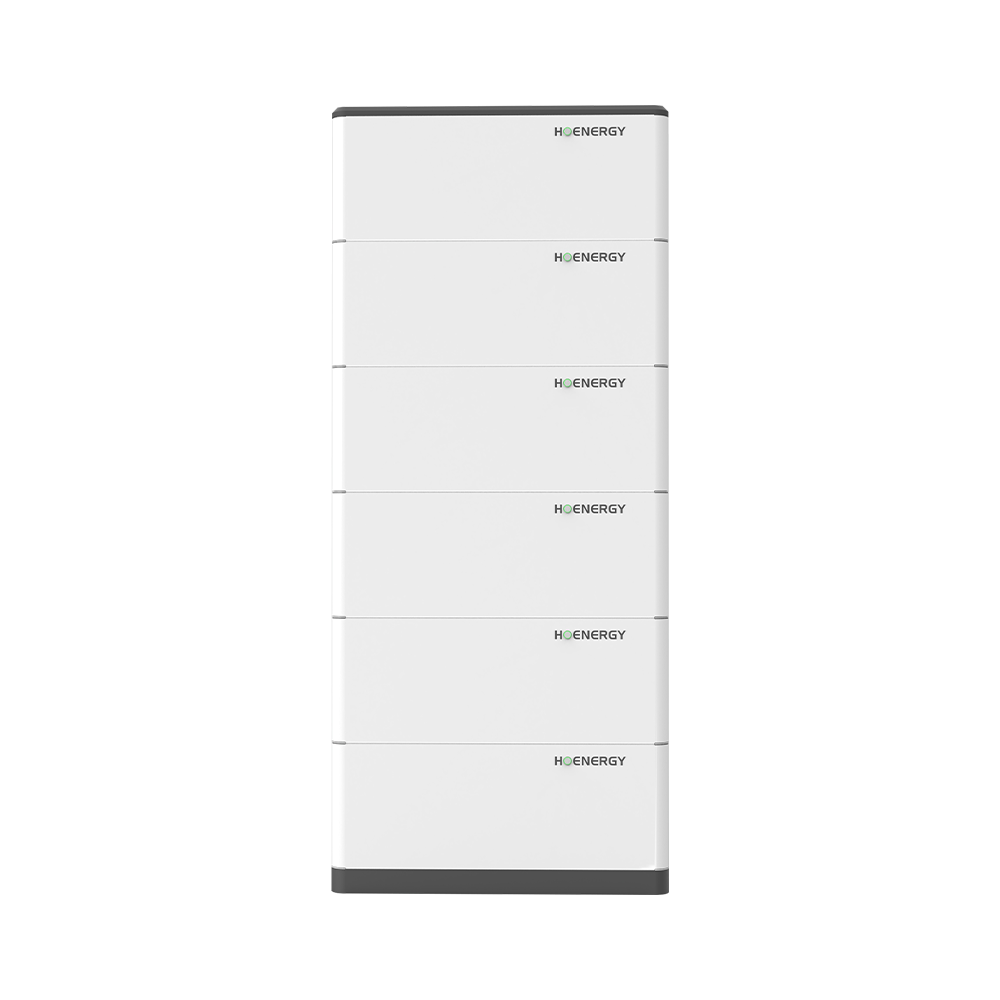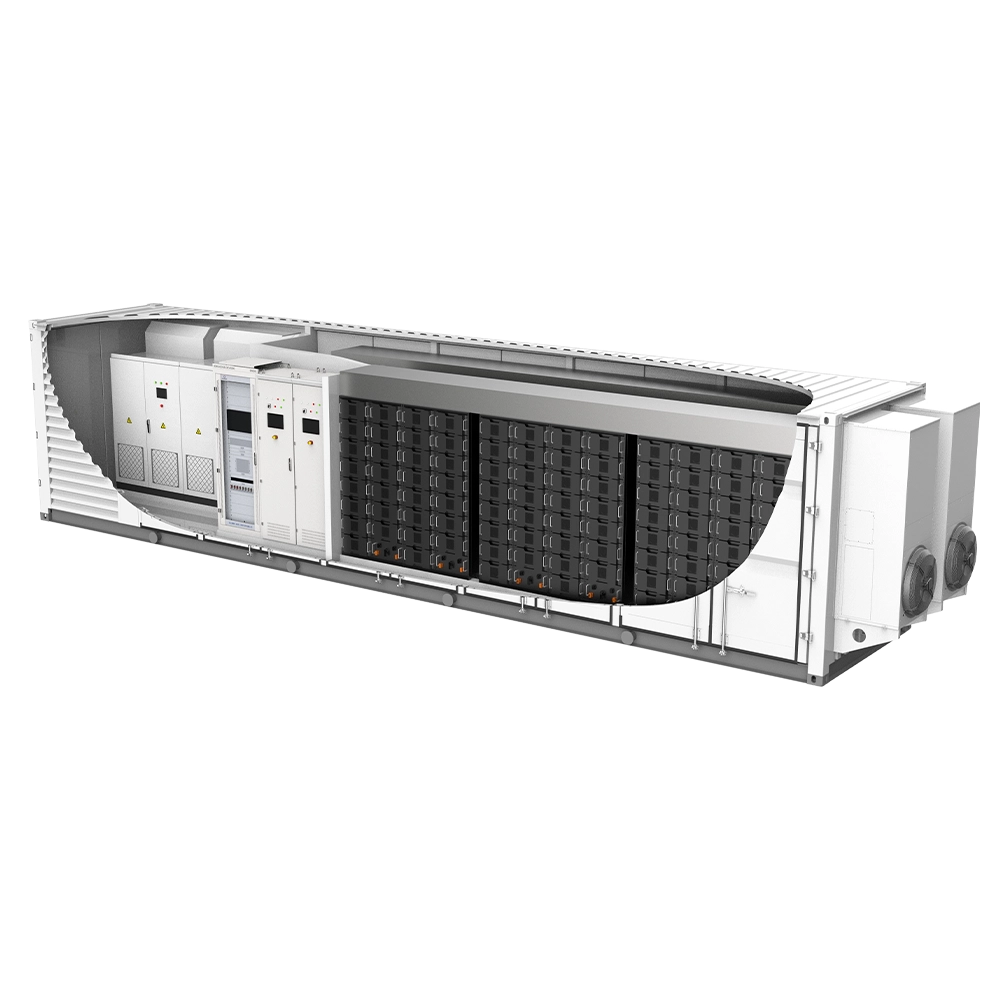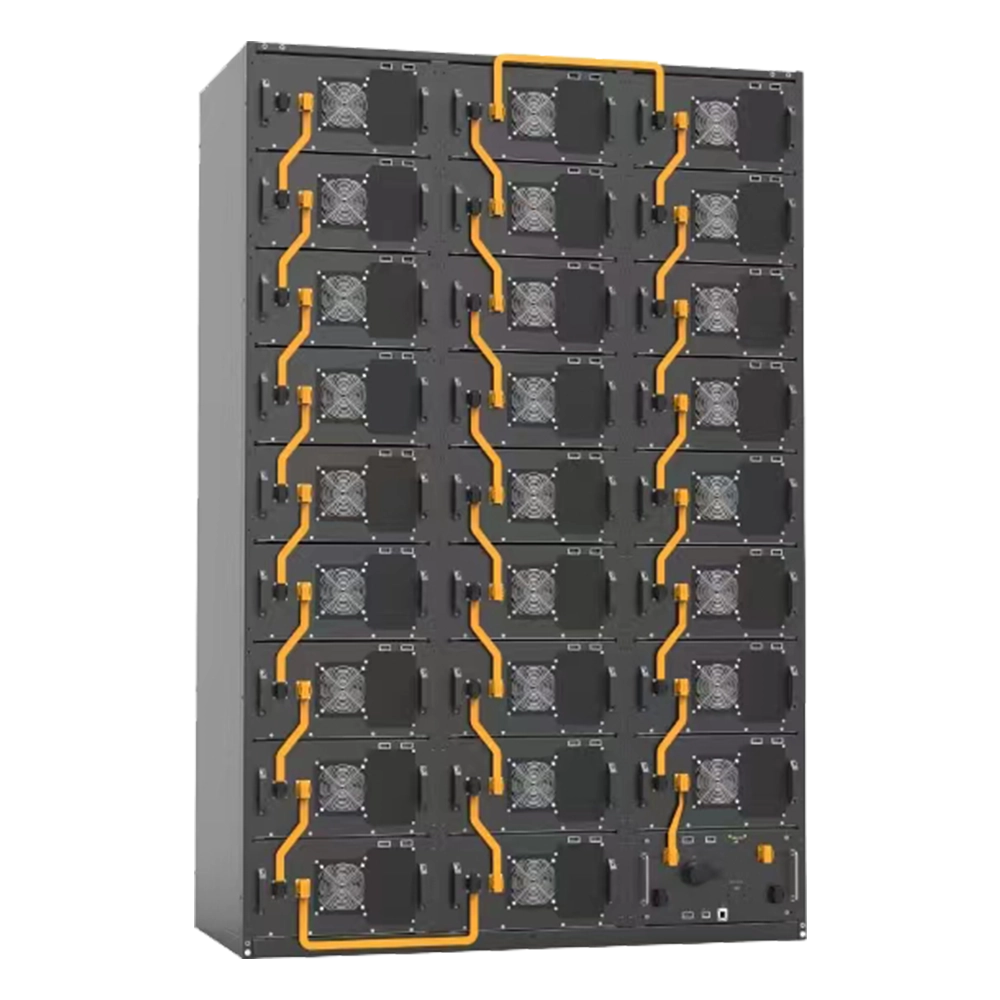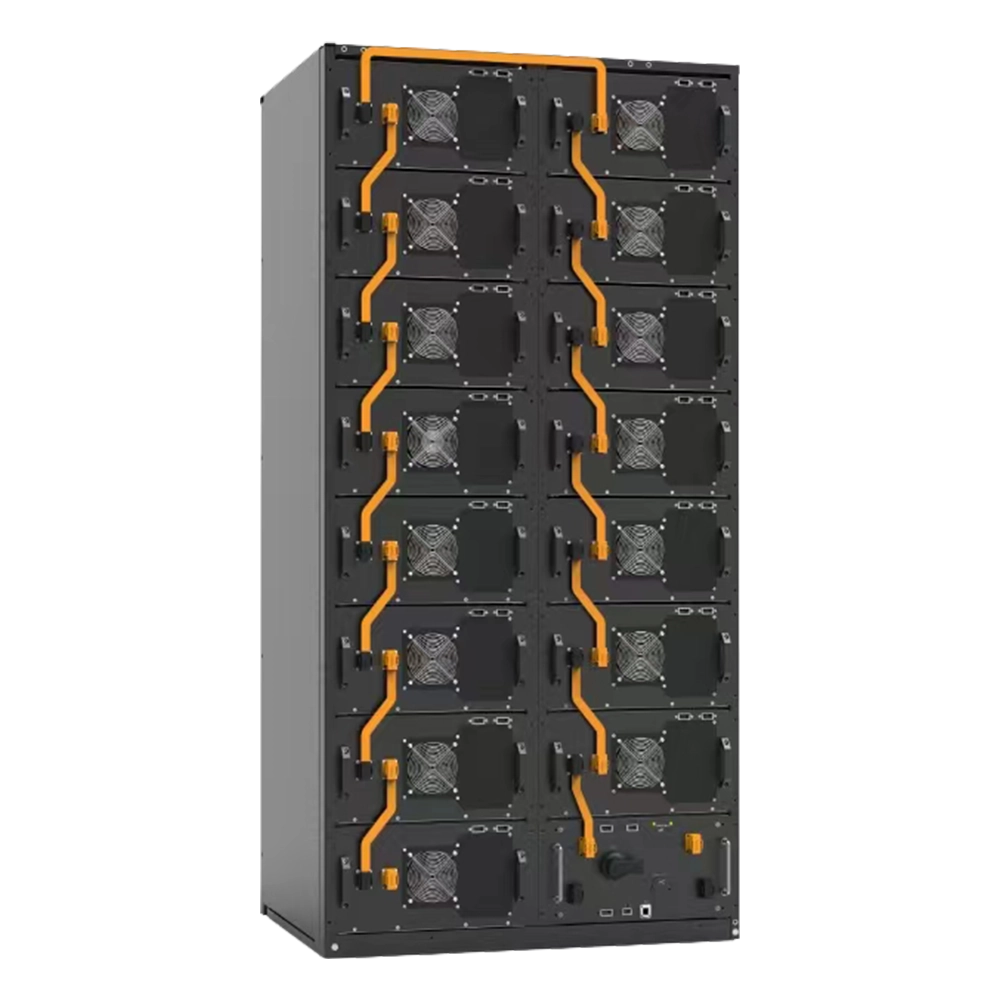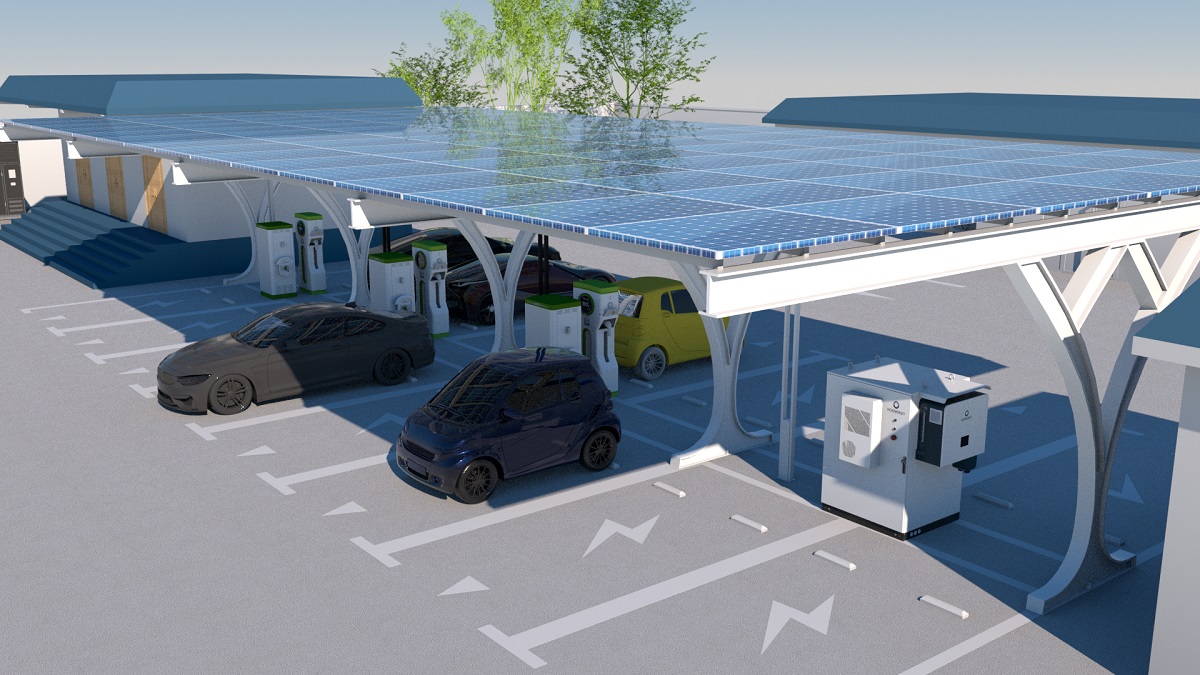Recently, NASA reportedly might replace its plan to power lunar colonies with nuclear energy by using the solar solution instead.
An Israeli scientist has proposed a way to achieve uninterrupted PV power on the moon without using energy storage. The proposal involves the installation of PV panels around a 360-degree latitudinal ring close to one of the moon’s poles. There would be no inter-array shading, and static vertical PV arrays and arrays mounted on single-axis vertical trackers could be viable mounting structures.

Hoenergy finds this news interesting to catch, so here we go~
A scientist at Ben-Gurion University of the Negev in Israel recently published his findings in “Uninterrupted photovoltaic power for lunar colonization without the need for storage,” which was recently published in Renewable Energy.
According to the study, 10 MW of solar capacity is required to continuously power the oxygen factories. The researcher said that installing PV arrays around a 360-degree latitudinal ring close to one of the moon’s poles, with long transmission lines carrying the electricity to the oxygen plants, would be feasible. There would be no inter-array shading, and both static vertical PV arrays and arrays mounted on single-axis vertical trackers could be viable mounting structures.
The strategy exploits the absence of a lunar atmosphere, the near-zero tilt of the moon’s polar axis with respect to the ecliptic plane, lunar conditions that are amenable to low-mass inexpensive transmission lines, and a lunar diameter far smaller than that of Earth.
The overriding challenge for setting up colonies on the moon is to continuously provide electricity to factories to produce oxygen. Using nuclear energy or solar combined with storage have been studied as promising approaches, but the new research finds that using solar without storage could be the most efficient solution.
“My solution has a specific mass far below all alternatives so far, namely, record low kg/kW, a key figure of merit for affordable and feasible lunar installations, with launch and installation costs currently exceeding $1,000,000/kg,” said the researcher.
“Our new strategy is more than a factor of 100 better than solar with battery storage. It is also at least a factor of 6 superior to the solution now being contemplated by NASA of nuclear reactors driving conventional turbines and generators.”
As a battery energy storage solution provider, Hoenergy finds this news a bit sour—However, the market will tell the true story.
Let’s wait and see.
News from PV MAGAZINE

